Unpacking Student Motivation
The Physical Educator
FEBRUARY 8, 2022
Early on in my career, I had no idea how to motivate students in my teaching. Knowing this impact, how can we best support student motivation in our lessons? Self-determination theory looks at human motivation and tries to understand the factors that push or prevent people from wanting to learn and grow.

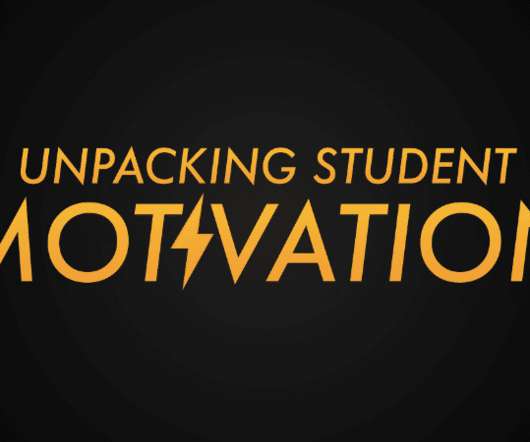
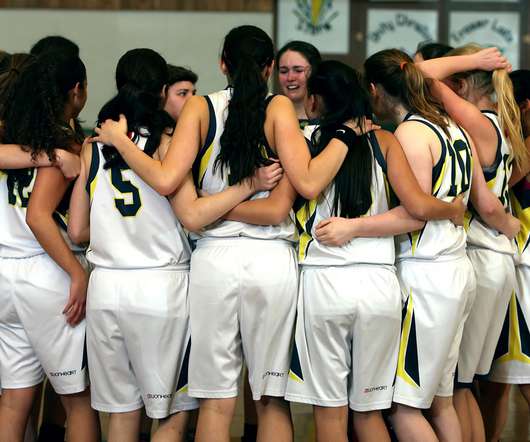
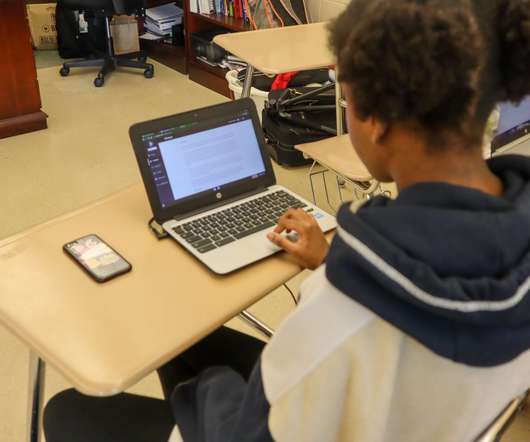
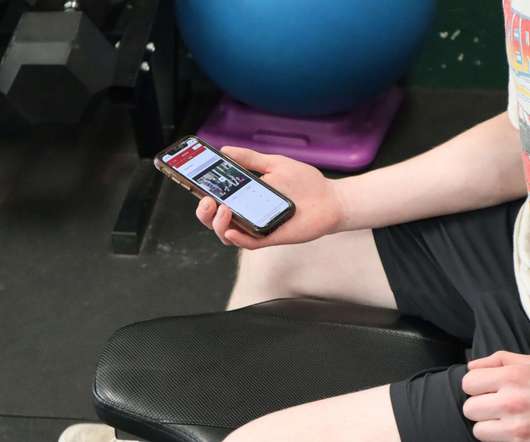
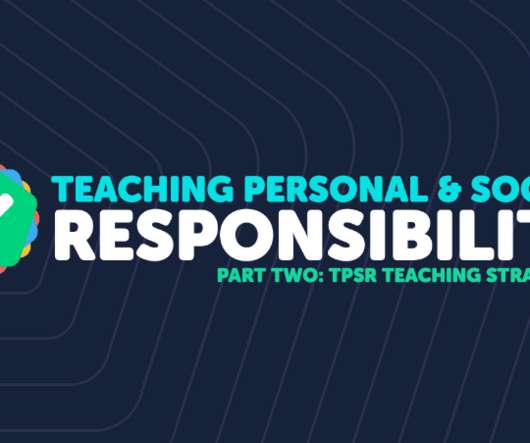






Let's personalize your content